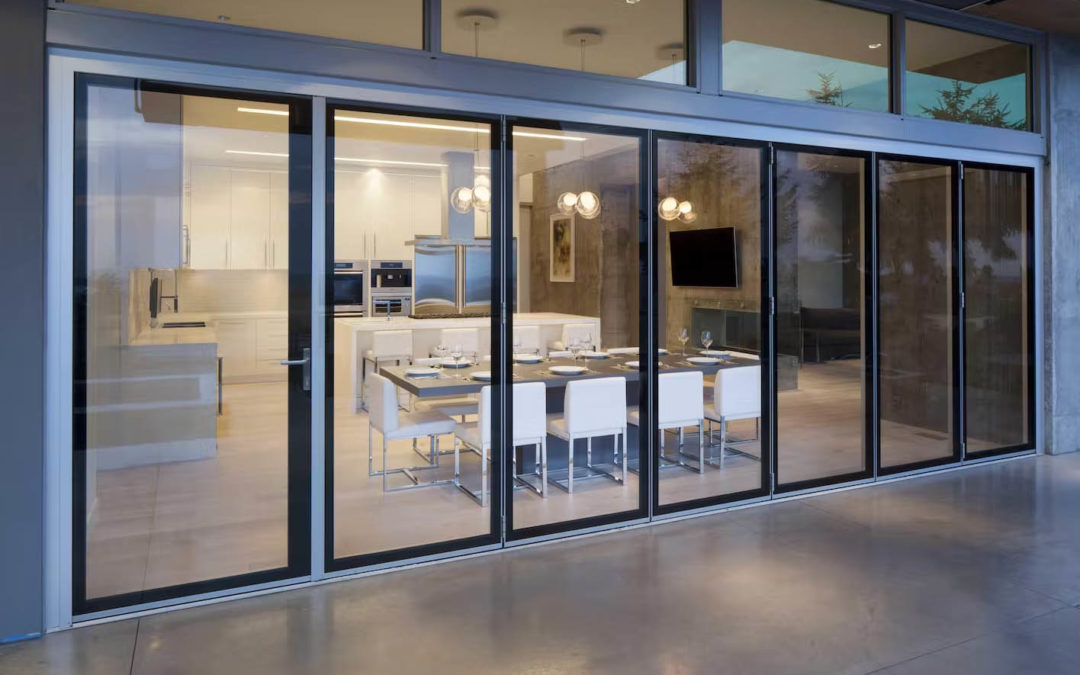Glass glazing is a popular choice for many architectural applications, offering both aesthetic appeal and practical benefits. From clear glass to tinted glass, tempered glass to laminated glass, there are a variety of glass options available to suit different needs. In this blog post, we’ll be exploring the different types of glass glazing that can be used in architectural applications as well as the various advantages they can offer. Read on to find out more about glass glazing!
Float glass is one of the most common types of glass glazing used for architectural applications. It consists of two sheets of glass separated by a spacer and sealed with sealant around the edges. Float glass can be left clear or tinted in various colors, offering both aesthetics and privacy. Additionally, float glass can also be tempered to make it more resistant to breakage.
Laminated glass is another popular type of glass glazing that can be used for architectural projects. Laminated glass consists of two or more layers of glass sandwiched together with an interlayer material such as PVB (polyvinyl butyral). This construction enhances strength and safety characteristics, making it ideal for applications where safety is a priority. Additionally, laminated glass also offers acoustic insulation capabilities, making it a good choice for soundproofing applications.
Coated glass is another type of glass glazing that offers various benefits. Different coatings can be applied to glass to alter its optical characteristics, such as increasing light transmission or reducing glare. This makes coated glass a great option for applications where solar control is desired, allowing architects to optimize natural daylight while minimizing the heat gain and glare from direct sunlight.
Finally, double-glazing units are becoming increasingly popular in architectural applications due to their thermal efficiency properties. By combining two panes of glass with an air gap in between them, they help to reduce heat loss and improve energy efficiency levels in buildings.
All of these glass glazing options offer different advantages that can be tailored to specific applications. By considering the aesthetics, safety, thermal and acoustic requirements for a project, architects can select the glass type best suited for their needs.
In conclusion, glass glazing provides many benefits when used in architectural applications. From float glass to laminated glass and coated glass to double-glazed units – there is an option to suit every application! By understanding the various glass glazing options available, architects can make informed decisions about which type of glass is most appropriate for their design.

